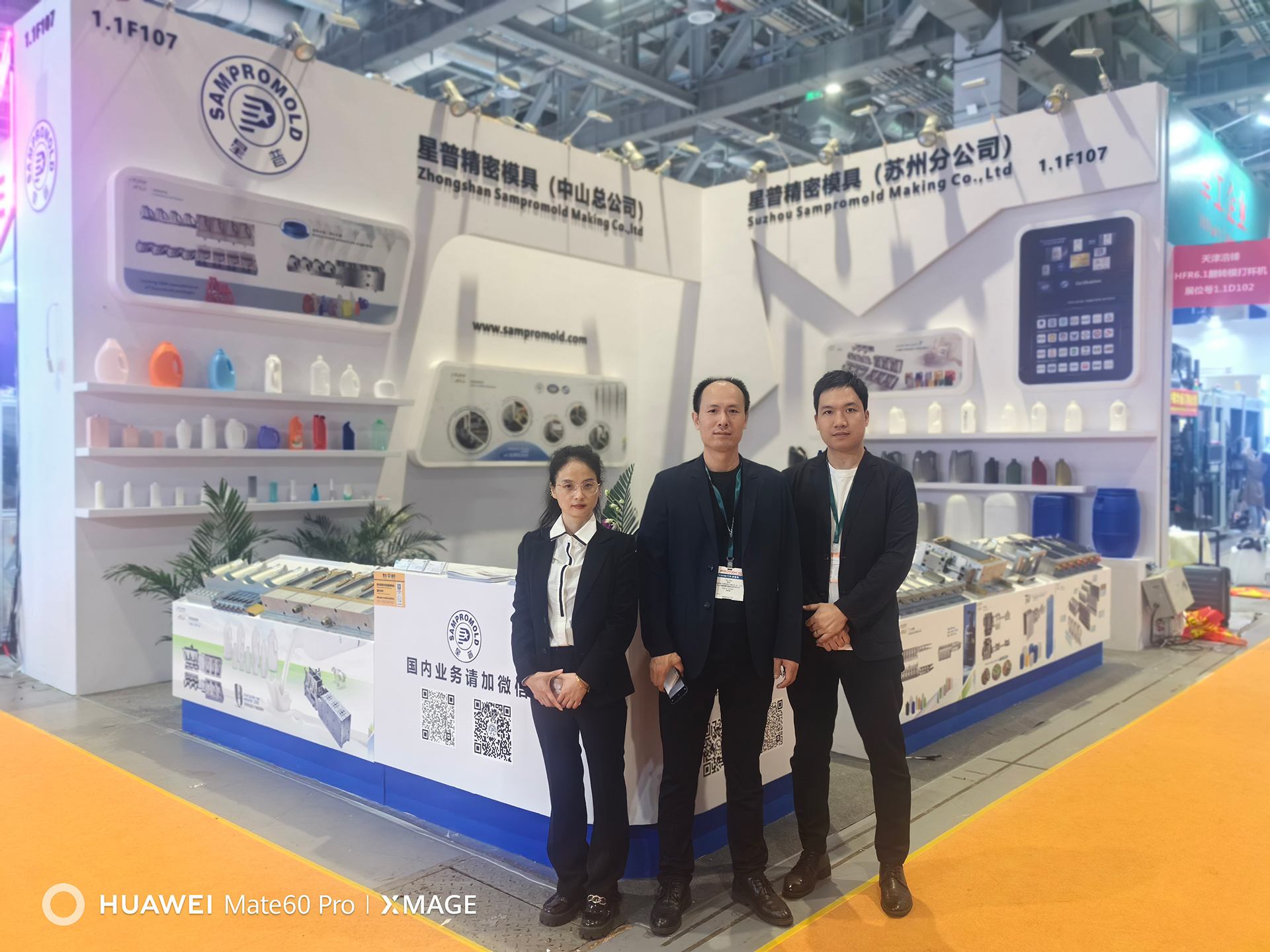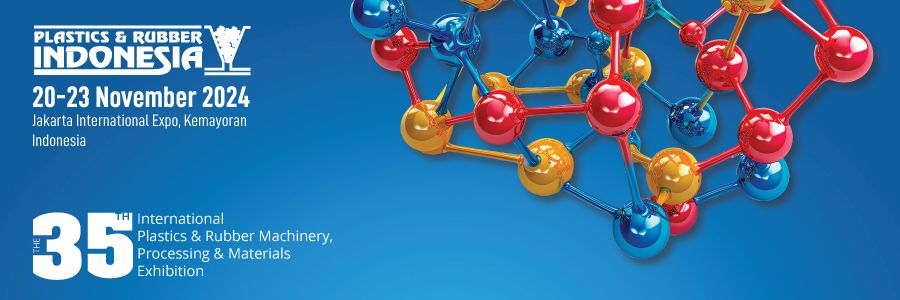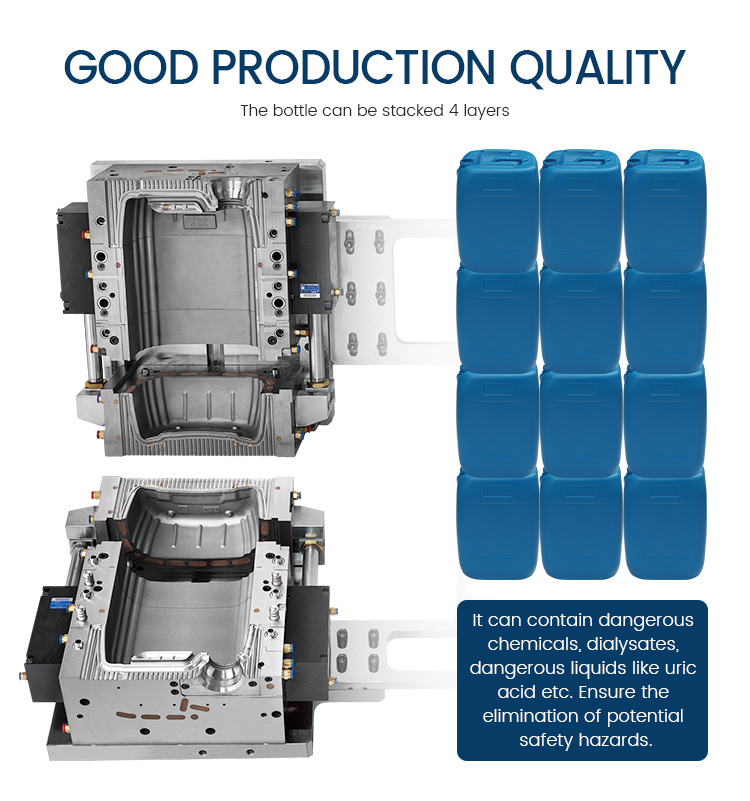Unlocking the Secrets: How to Choose the Best Polyurethane Injection Mold
Time:
2025-05-07
Unlocking the Secrets: How to Choose the Best Polyurethane Injection Mold
Table of Contents
- Understanding Polyurethane Injection Molding
- Advantages of Polyurethane Injection Molds
- Key Factors in Selecting Polyurethane Injection Molds
- Types of Polyurethane Injection Molds
- Mold Manufacturing Process
- Maintenance Best Practices for Polyurethane Molds
- Common Mistakes to Avoid When Choosing Molds
- Frequently Asked Questions
Understanding Polyurethane Injection Molding
Polyurethane injection molding is a sophisticated process that uses a specific type of polymer, known as polyurethane, to create various components and products across multiple industries. This technique involves injecting heated polyurethane material into a mold, where it cools and solidifies to form the desired shape. The versatility and durability of polyurethane make it an excellent choice for many applications, including automotive parts, consumer goods, and industrial components.
Advantages of Polyurethane Injection Molds
When it comes to choosing a suitable injection mold for your project, understanding the advantages of polyurethane injection molds is crucial. Some of the primary benefits include:
1. High Durability
Polyurethane molds are renowned for their longevity and resistance to wear and tear. This durability translates into a longer lifespan for the mold itself, reducing the need for frequent replacements.
2. Versatility
Polyurethane can be formulated in a wide range of hardness levels and properties, allowing manufacturers to achieve specific performance characteristics tailored to different applications.
3. Cost-Effectiveness
With lower tooling costs and reduced wastage during production, polyurethane injection molding can be a more budget-friendly option compared to other molding techniques.
4. Excellent Surface Finish
This type of molding provides a smooth finish, which often reduces the need for secondary processing, saving time and resources.
Key Factors in Selecting Polyurethane Injection Molds
Selecting the right polyurethane injection mold requires careful consideration of several factors. Below, we explore these essential criteria in detail.
Material Properties
Understanding the material properties of polyurethane is the first step in choosing the right mold. Different formulations can exhibit distinct characteristics, such as flexibility, hardness, and resistance to chemicals or impacts. Assess your project’s specific requirements, including:
- **Flexibility**: Determine how much give is needed in the final product.
- **Hardness**: Choose the appropriate durometer rating for your application.
- **Chemical Resistance**: Ensure the chosen polyurethane can withstand any chemicals it may encounter.
Mold Design and Complexity
The complexity of the mold design plays a significant role in the overall performance and efficiency of the injection molding process. Factors to consider include:
- **Shape and Size**: Complex shapes may require more intricate molds, impacting production speed and cost.
- **Cooling Channels**: Proper cooling design can enhance cycle times and improve product quality.
- **Ejector Systems**: Effective ejector systems are crucial for ensuring smooth removal of the finished product from the mold.
Production Volume
Consideration of your anticipated production volume is essential in mold selection. For high-volume production, investing in a more robust mold can lead to significant long-term savings, whereas low-volume projects may allow for more cost-effective options.
Budget Constraints
Your budget will ultimately guide your decision-making process. While it can be tempting to opt for the least expensive option, remember that quality should not be compromised. A well-built mold may require a higher upfront investment but can save money in the long run due to increased efficiency and reduced downtime.
Types of Polyurethane Injection Molds
Understanding the different types of polyurethane injection molds available can help you make an informed choice. The primary categories include:
1. Single-Cavity Molds
Ideal for low-volume productions, single-cavity molds produce one part per cycle.
2. Multi-Cavity Molds
For higher production demands, multi-cavity molds can produce several parts simultaneously, increasing efficiency.
3. Family Molds
Family molds allow for the production of multiple parts of different shapes in a single cycle, perfect for projects requiring various components.
Mold Manufacturing Process
Understanding the manufacturing process of polyurethane injection molds is crucial for ensuring quality and precision. The process typically involves the following steps:
1. Design and Prototyping
Initial designs are created using CAD software, allowing for visualization and adjustments before mold production.
2. Material Selection
Choosing the appropriate polyurethane formulation based on your project’s needs is critical.
3. CNC Machining
CNC machines are used to cut and shape the mold components with high precision.
4. Assembly
Once all components are machined, they are assembled to create the final mold.
Maintenance Best Practices for Polyurethane Molds
Proper maintenance of your polyurethane injection molds will ensure their longevity and performance. Follow these best practices:
1. Regular Cleaning
Clean your molds after each use to prevent residue build-up that can affect quality.
2. Inspect for Damage
Regular inspections will help identify any wear or damage that may impair function.
3. Lubrication
Apply appropriate lubricants to moving parts to prevent friction and wear.
4. Storage
Store molds in a dry, temperature-controlled environment to prevent any environmental damage.
Common Mistakes to Avoid When Choosing Molds
When selecting polyurethane injection molds, some common pitfalls can hinder your success. Avoid these mistakes:
1. Overlooking Material Specifications
Make sure to thoroughly understand the specifications and properties required for your project.
2. Ignoring Production Needs
Assess your production volume and design complexity to avoid costly delays.
3. Failing to Evaluate Supplier Reputation
Choose a reputable supplier with a track record of providing high-quality molds and support.
Frequently Asked Questions
1. What is the lifespan of a polyurethane injection mold?
The lifespan can vary significantly depending on usage and maintenance. Quality molds can last for thousands of cycles.
2. How does polyurethane compare to other materials for injection molding?
Polyurethane offers unique benefits such as flexibility and durability, often outperforming other materials in specific applications.
3. Can I modify an existing mold for a new project?
Yes, existing molds can often be re-engineered to meet new specifications, saving on design costs.
4. What factors affect the cost of polyurethane injection molds?
Costs can be influenced by mold complexity, material selection, and production volume requirements.
5. How can I ensure high-quality production with polyurethane molds?
Invest in high-quality mold design, properly maintain your molds, and select the right polyurethane material for your application.
Conclusion
Choosing the best polyurethane injection mold is a critical step in ensuring the success of your manufacturing projects. By considering material properties, mold design, production volume, and budget constraints, you will be well-equipped to make an informed decision. Understanding the manufacturing process, maintenance best practices, and common pitfalls will further enhance your capabilities in this area. With the right knowledge and approach, you can unlock the full potential of polyurethane injection molding for your business needs.
RELATED NEWS













